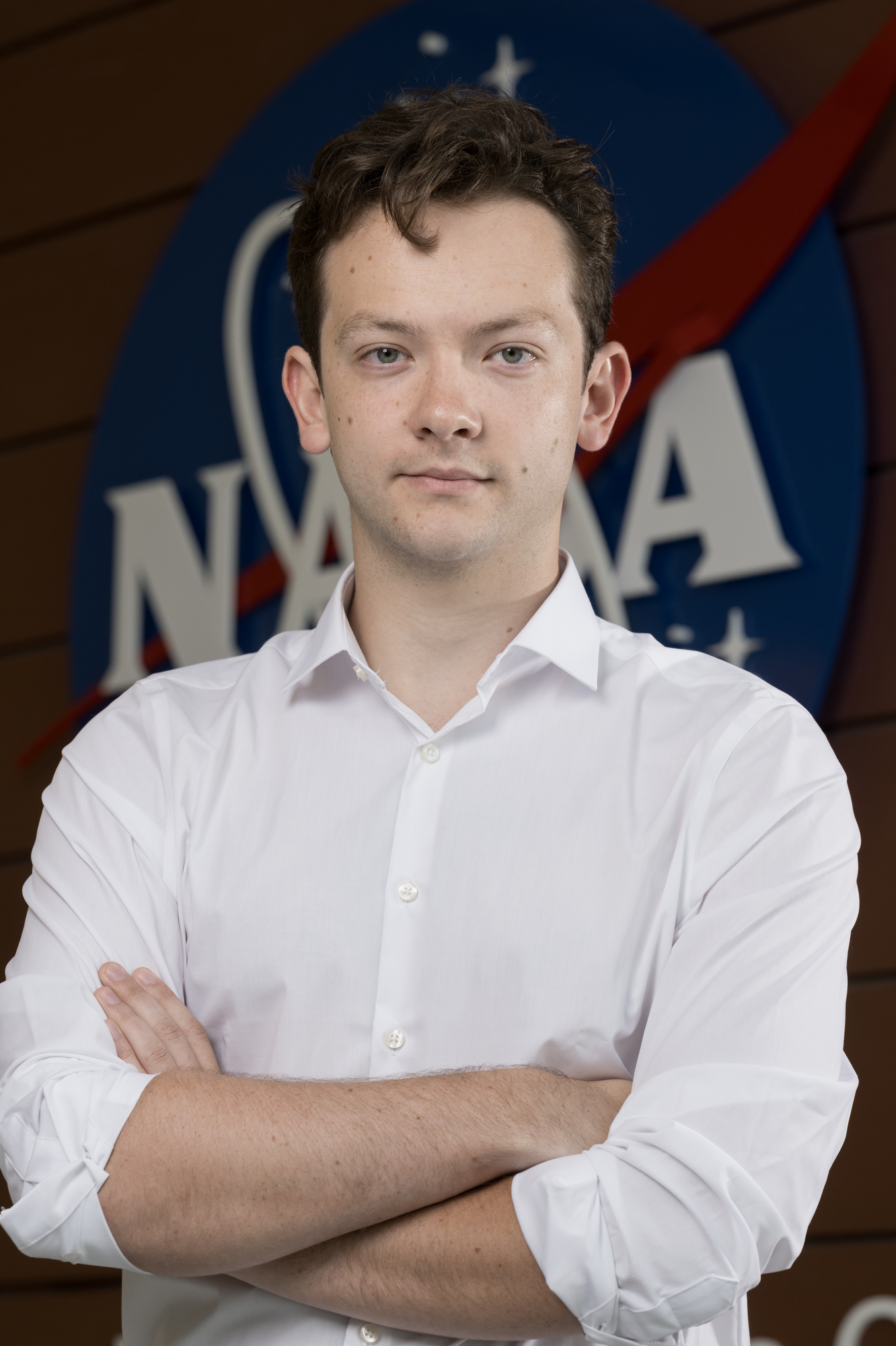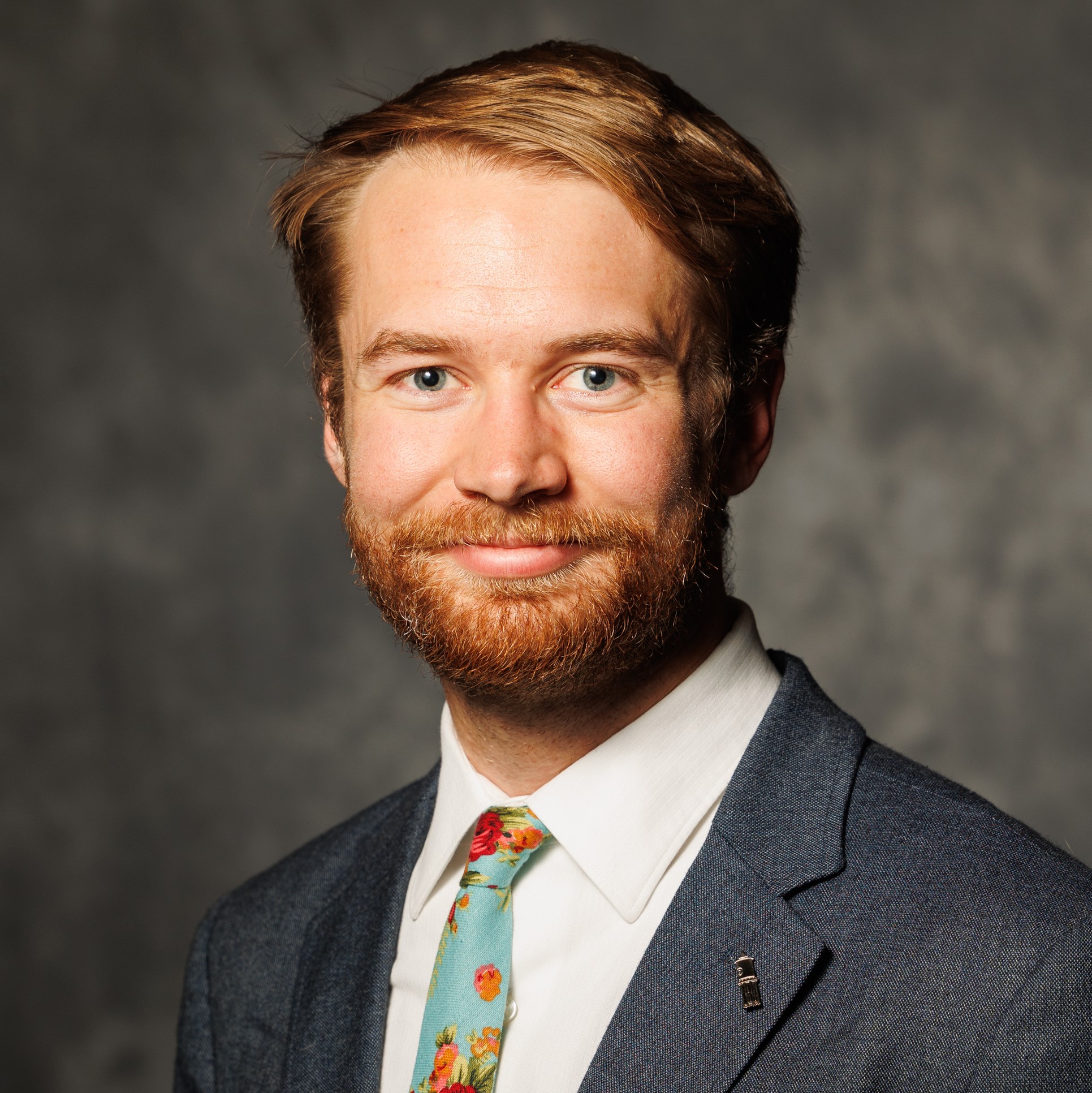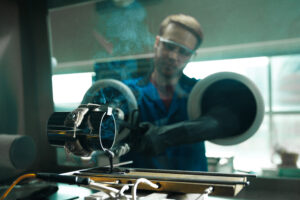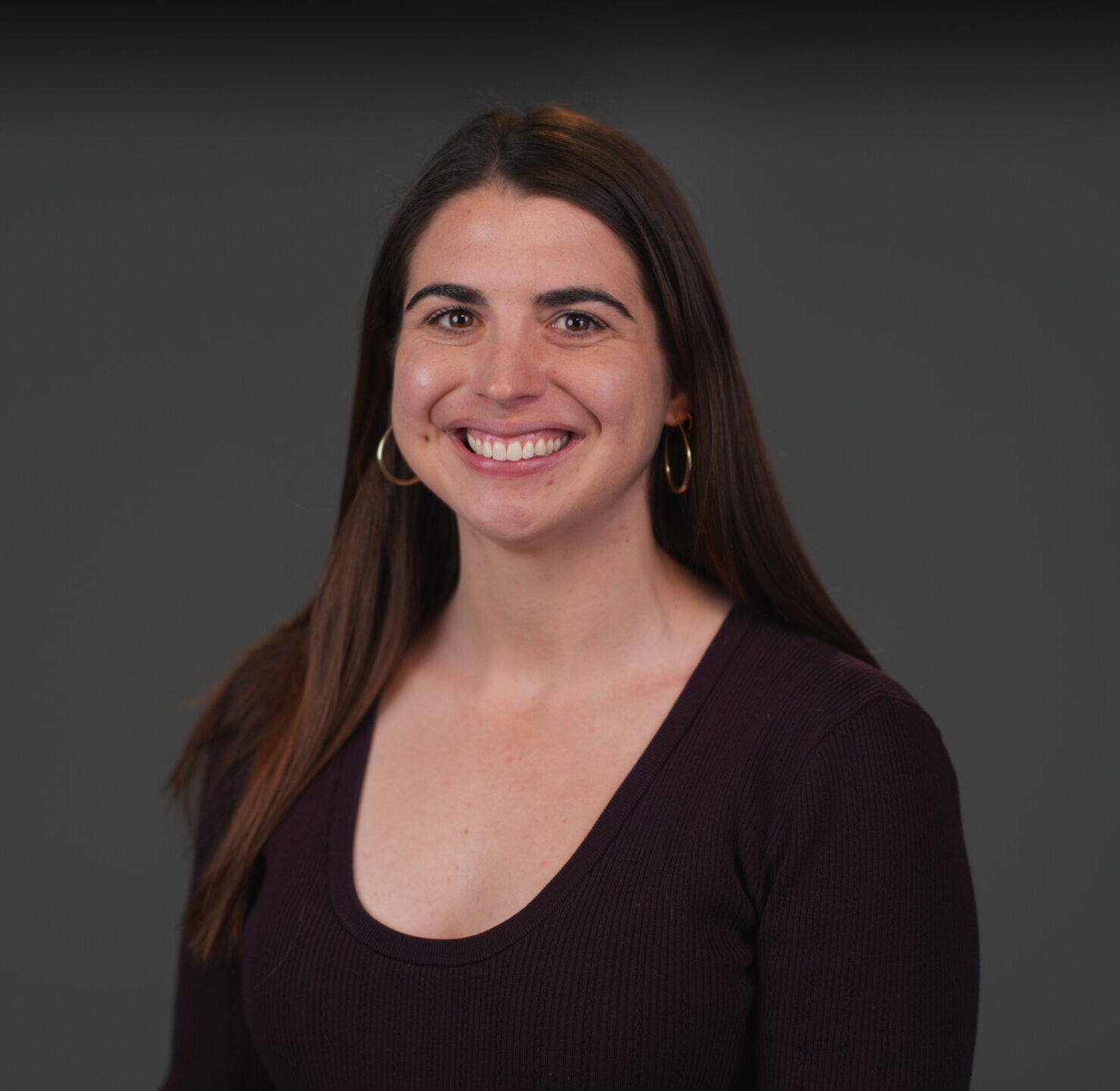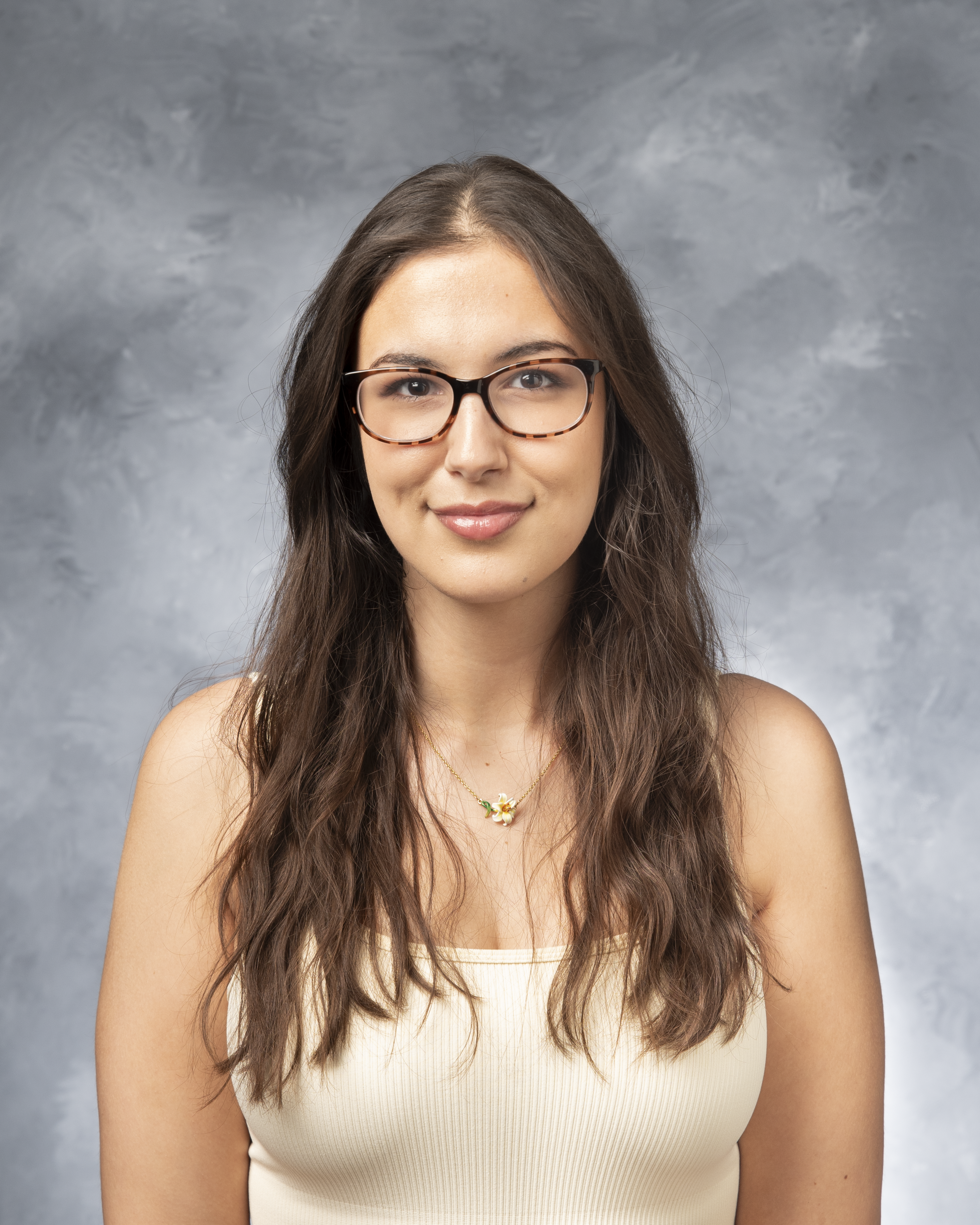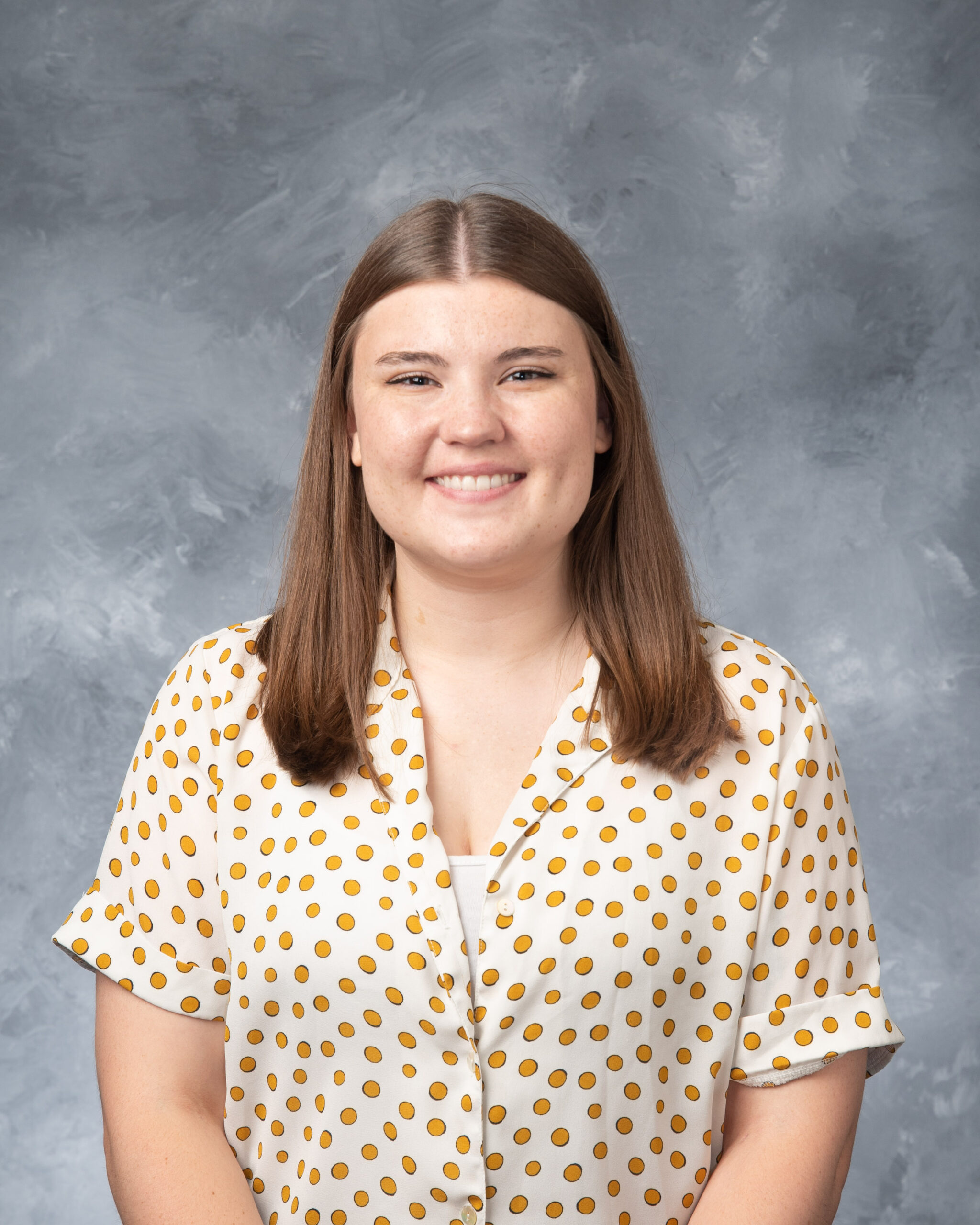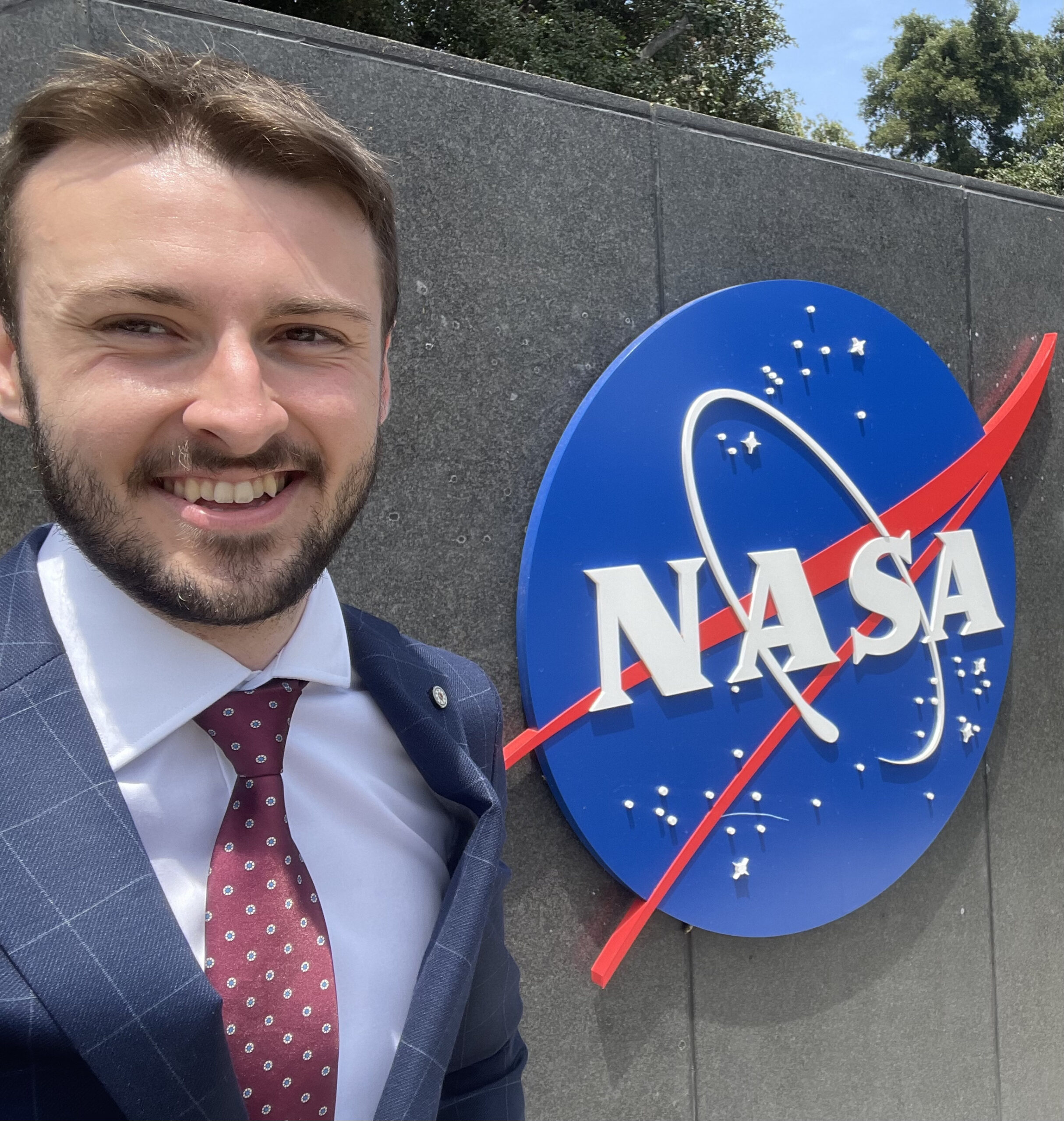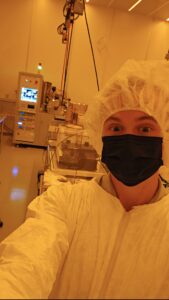
Describe what you did during your internship:
I started by investigating whether electroding the flax-based composite samples was necessary for accurate dielectric measurements which entailed creating a mask for uniform electrodes, and then thermal evaporating gold and sputtering silver on them. After that testing was complete, I moved to the main goal of my spring here which was characterizing the effect of moisture on the dielectric constant of the composites. For that study another intern and I made a humidity chamber by developing a bubbling system and exposed all of the samples to increased levels of humidity. I then took capacitance measurements on those samples every morning and calculated the dielectric constant. Doing that, I was able to find a line that fit the moisture level versus dielectric constant plot so we should be able to figure out how much moisture is in these composites by their dielectric constant. While I was doing that, I was also using an inkjet printer to print frequency selective surfaces (FSSs) in silver and attempting to find the optimal sintering conditions that resulted in the lowest resistivity of the printed structure. I then used those printed structures to detect moisture inside of the biocomposite samples based on the change in the frequency response of the samples when there was no moisture present. I also started preliminary work on using those same FSSs to test for strain within the material by looking at the shifted resonant frequency of the FSS when the composites were under a load.
Did you achieve your goals?
Yes, I did achieve my goals. For the dielectric measurements, I was able to classify a baseline dielectric constant for all three different composites and create a fitted curve that related to their moisture content vs dielectric constant. I also figured out that electroding of the samples was unnecessary for our experiment. Then for the moisture testing, I, along with one of my mentors, discovered that 1 uL of water was able to be detected when placed behind the flax/Rilsan sample, and we have preliminary results for strain testing on a milled FSS but nothing yet for the FSSs on the flax composites.
Describe positive lessons learned:
I learned how to effectively conduct research, how to better report my findings, and how to write a technical report for journals and conferences. I also gained in experience in how to effectively work in a team research setting.
Describe negative lessons learned:
The only negative I can think of is that sometimes layoffs happen and during my time in the internship, there was a lot of unease about what was going to happen.
What was the impact of this internship?
This internship has shown me how much I truly love research. It has challenged me in a way that I don’t get to see in school with real world problems and has allowed me to work on projects that have the potential to change the world. It has made me sure of the fact that I desire to continue school beyond my bachelors and aim for a PhD so that I can continue to do this kind of research when I graduate. It has also cemented my desire to work in the aerospace industry long term. The aerospace industry brings unique challenges to the table every day due to our minimal understanding of everything that goes on in space which I love. Getting to see all of the mind-blowing work that goes on at Langley certainly redefined portions of my goals and confirmed other aspects.
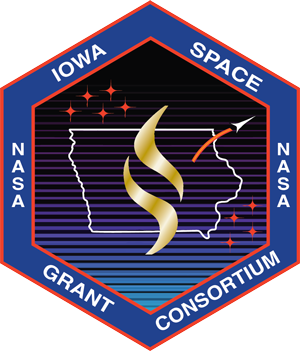
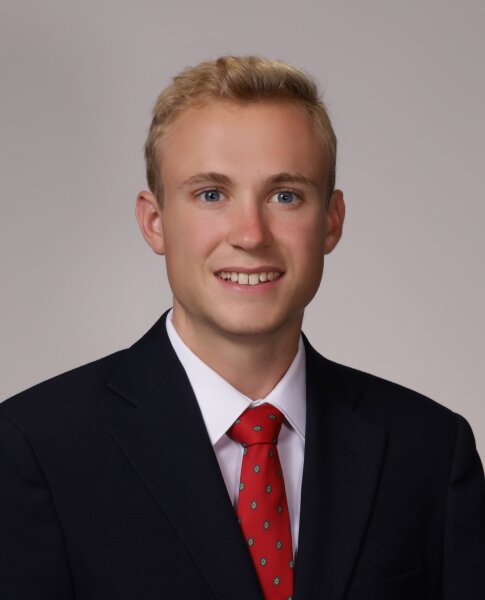
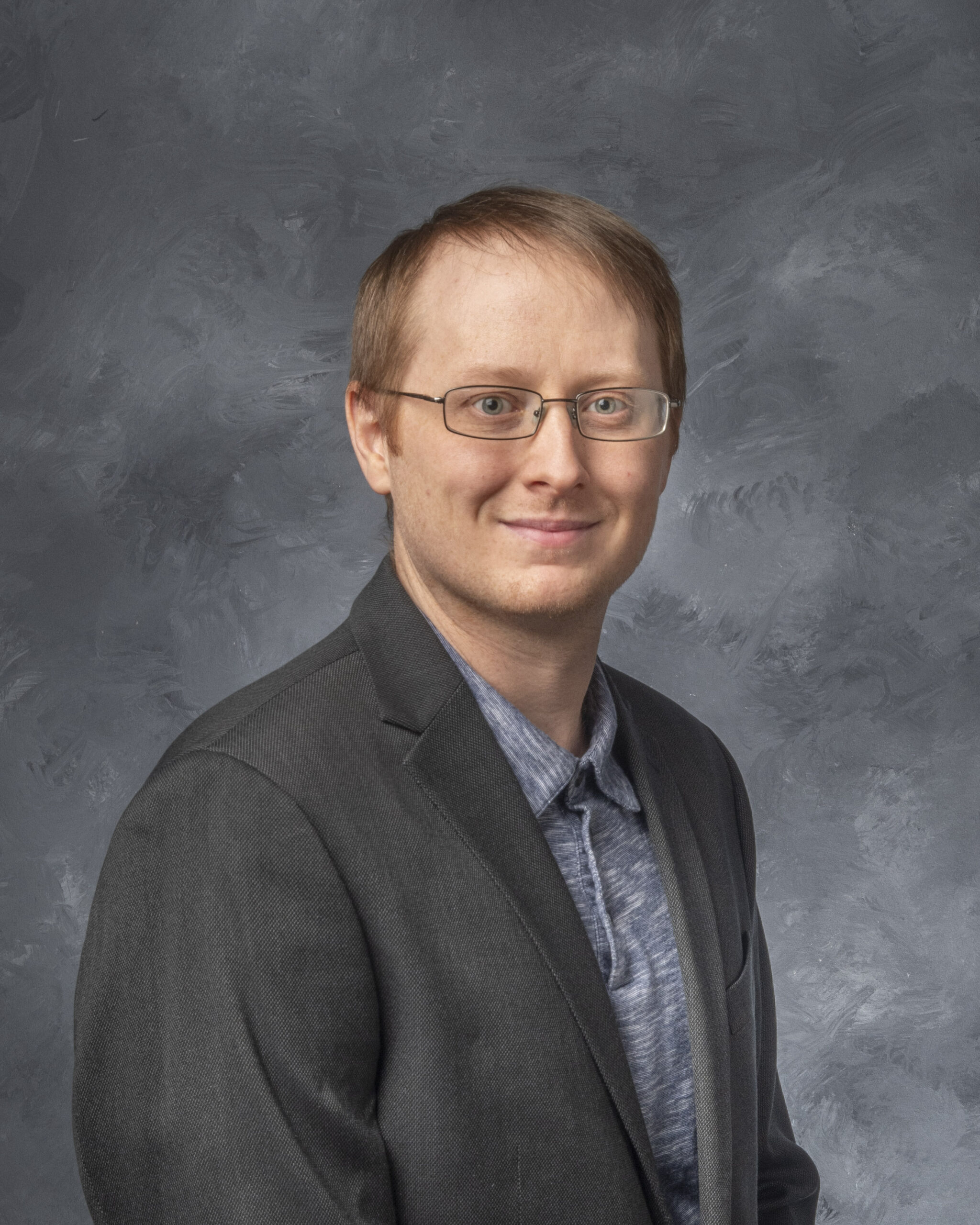
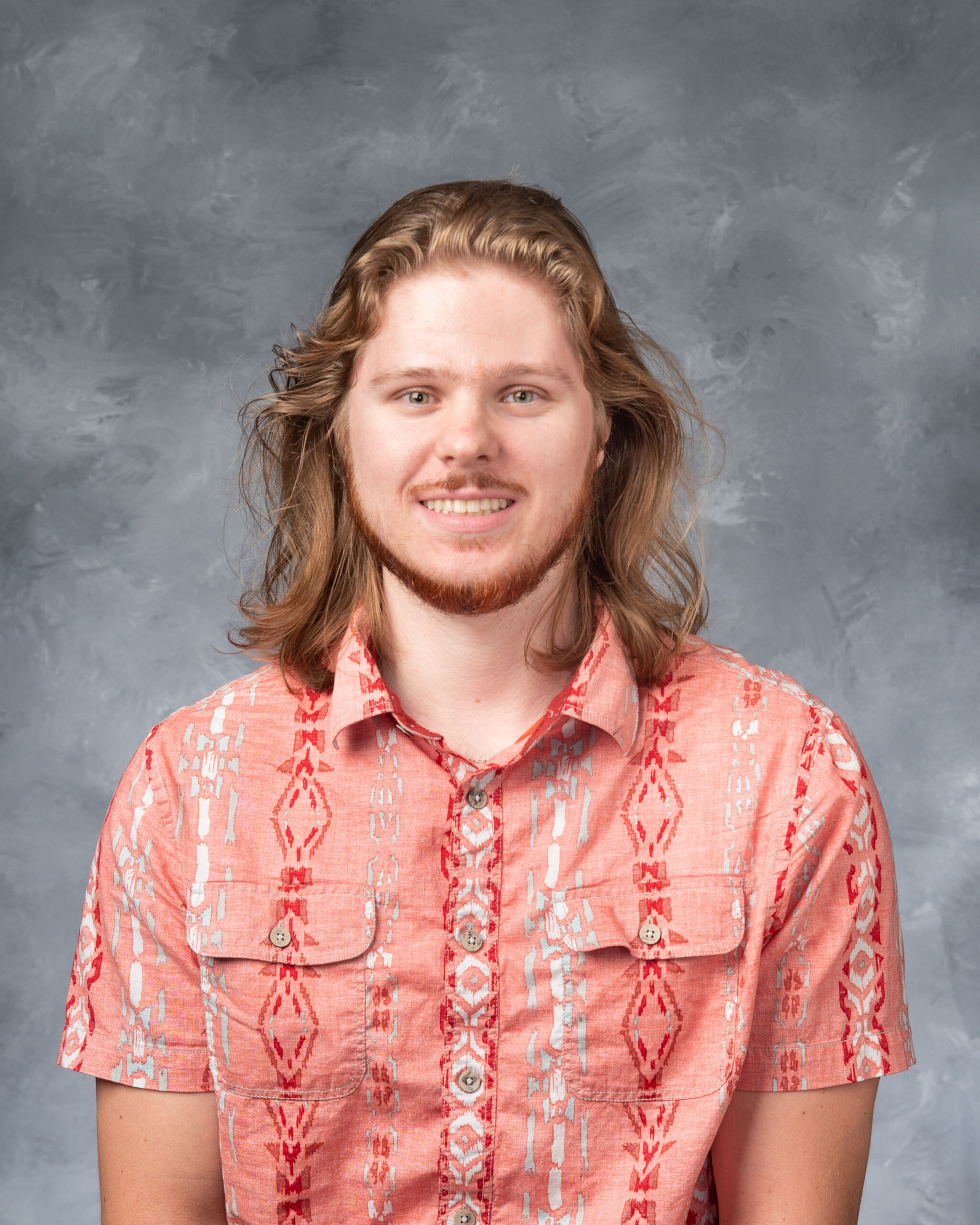
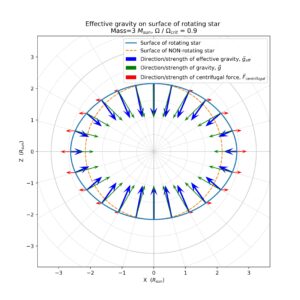 The goal of my project is to investigate whether differential rotation along the surface (meaning that different parts of the surface rotate at different rates) could explain why spectroscopic observations might underestimate the true rotation rate. To test this, I have calculated the shape and rotation rate of a rotating star and used a library of spectral data to simulate the total spectra produced by the star. I have successfully applied this method to a few test cases, such as an ellipsoid-shaped star, and verified that the effects of rotation on the resulting spectra match my expectations. I plan on applying this method to a differentially rotating star to see what effects the differential rotation has on the spectra.
The goal of my project is to investigate whether differential rotation along the surface (meaning that different parts of the surface rotate at different rates) could explain why spectroscopic observations might underestimate the true rotation rate. To test this, I have calculated the shape and rotation rate of a rotating star and used a library of spectral data to simulate the total spectra produced by the star. I have successfully applied this method to a few test cases, such as an ellipsoid-shaped star, and verified that the effects of rotation on the resulting spectra match my expectations. I plan on applying this method to a differentially rotating star to see what effects the differential rotation has on the spectra. 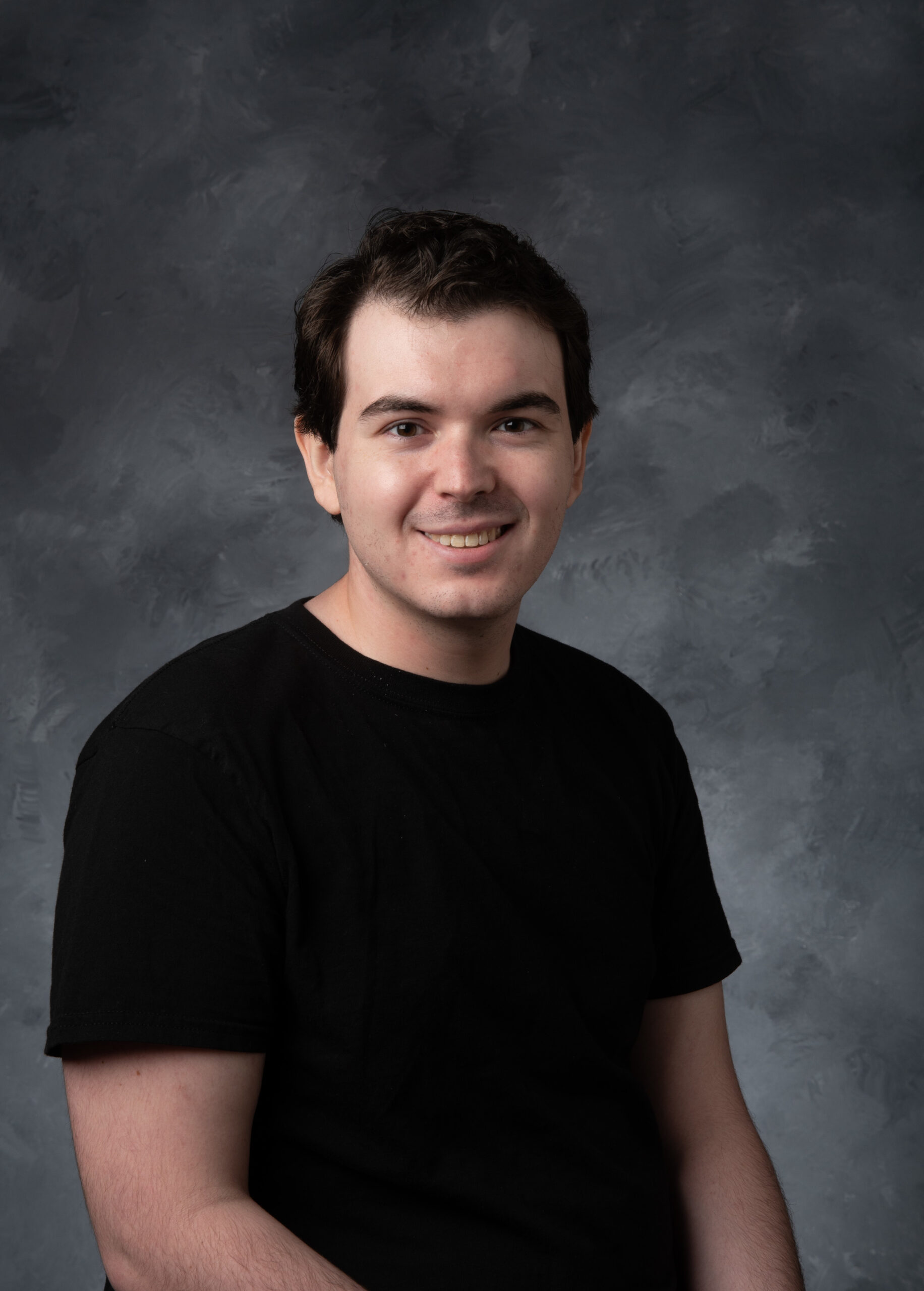
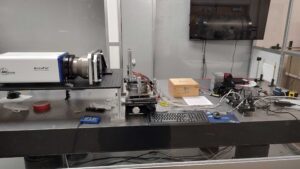 This research project will mature the readiness of adjustable X-ray optics for use in astronomy and X-ray beamlines. This technology will enable the production of thin mirrors without compromising their focusing capability. These mirrors employ a set of discrete, thin-film piezoelectric actuators that when supplied a set of voltages induce a deterministic figure change to the mirror. This can correct for a variety of distortions and improve mirror angular resolution.
This research project will mature the readiness of adjustable X-ray optics for use in astronomy and X-ray beamlines. This technology will enable the production of thin mirrors without compromising their focusing capability. These mirrors employ a set of discrete, thin-film piezoelectric actuators that when supplied a set of voltages induce a deterministic figure change to the mirror. This can correct for a variety of distortions and improve mirror angular resolution. 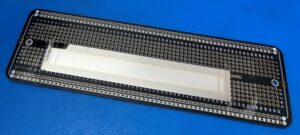 This project will include designing an electronic control system and optical alignment configuration to test adjustable mirrors of different geometries and actuator materials. Interferometry will be used to measure the surface correctability of these mirrors on the scale of nanometers. Different optimization techniques will be explored to understand how to better calculate the voltages necessary to induce figure changes that yields the best angular resolution.
This project will include designing an electronic control system and optical alignment configuration to test adjustable mirrors of different geometries and actuator materials. Interferometry will be used to measure the surface correctability of these mirrors on the scale of nanometers. Different optimization techniques will be explored to understand how to better calculate the voltages necessary to induce figure changes that yields the best angular resolution.